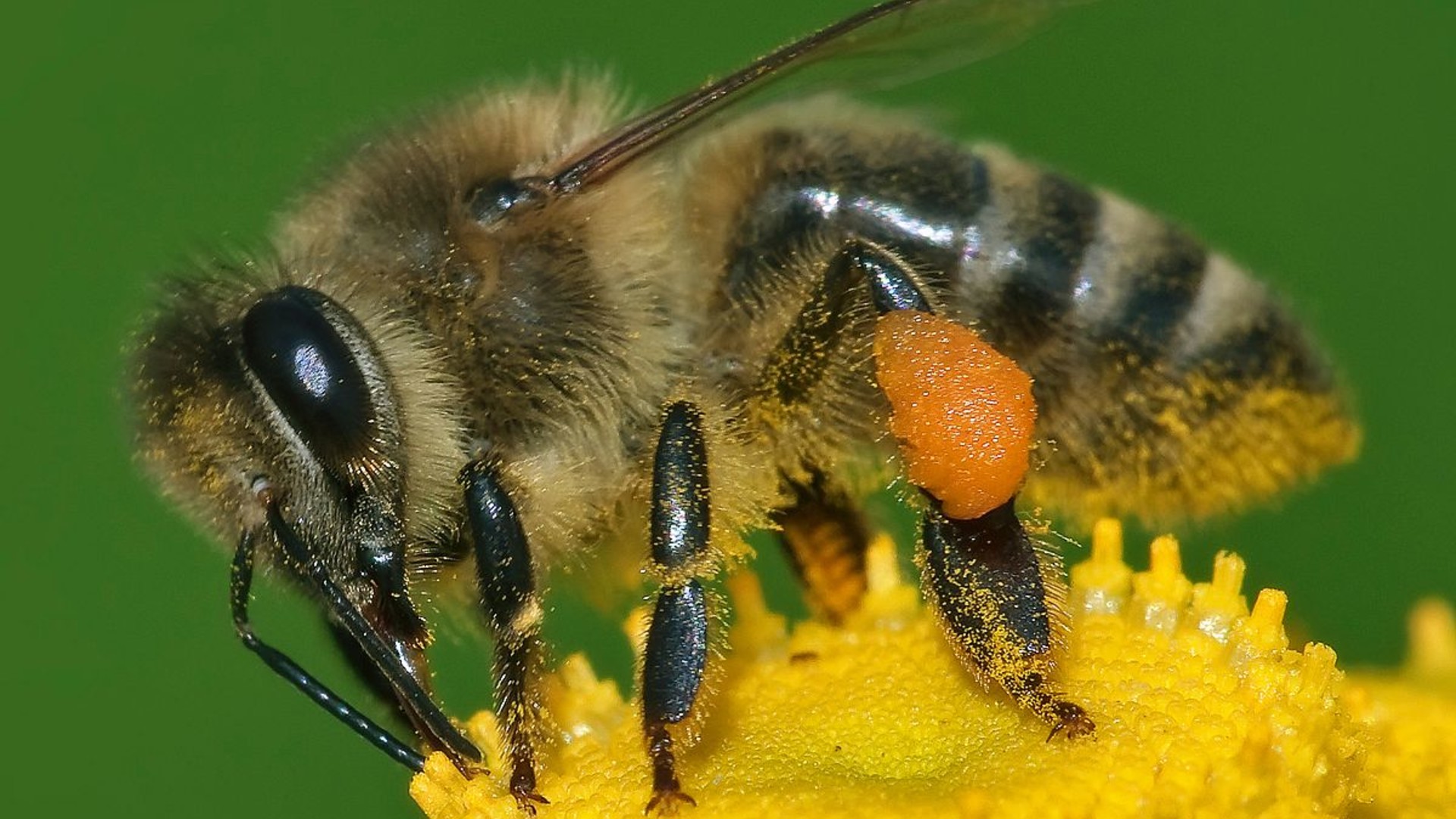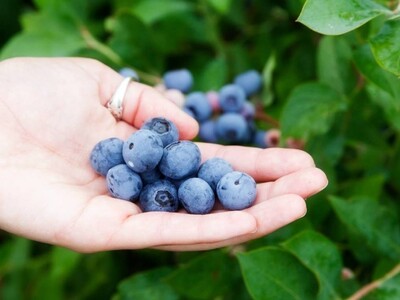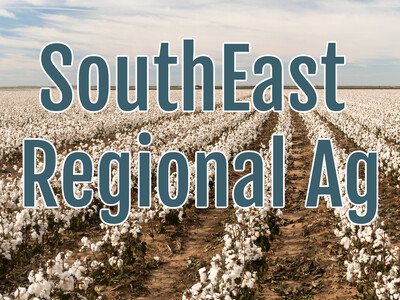Honey Bee Research WSU Pt 3
With today’s Fruit Grower Report, I’m Bob Larson. Washington State University has purchased a facility on nearly 50-acres of land in Othello where they will expand its research on honey bees and pollinators.Department of Entomology Chair Laura Lavine says so far they’ve raised over $3-million to expand their honey bee and pollinator research, but this first year will be spent getting the facility up and running …
LAVINE … “So, while we had the money to purchase the facility, we still have to buy, so the one guy needs to have, they have about a 150 hives now. They want to have 500 hives. So, they’re looking for the money to do that and we need to outfit it with microscopes and we’re planning on holding workshops and conferences there, particularly some of our beekeeping courses. Those have been done in Pullman, but we’re going to move them to this facility and everyone’s very excited about that. But, now, with the pandemic, all things are kind of on hold.”
I asked Lavine is anyone was interested in donating to the honey bee and pollinator cause, could they? …
LAVINE … “Heck yeah!! We have a wonderful website. It’s www.bees.wsu.edu and you can find out information on our programs there and also there’s a link to “giving.”
But, Lavine says bottom line ...
LAVINE … “Yeah, we’d appreciate that, but this really is for the citizens of Washington state first and foremost.”
And again, WSU’s Honey Bee and Pollinator Research website is www.bees.wsu.edu
####
BL: Welcome back to another “Fruit Bites” brought to you by Valent U.S.A. With us again is Valent’s Allison Walston. And this week Allison, let’s talk about a new insect pest in the PNW?
AW: It’s called the Houdini fly and it kills mason bees by kleptoparasitism
BL: So, “klepto” like a shoplifter or somebody stealing from me?
AW: pretty much parasitism by theft! The Houdini fly female sneaks into the mason bee house, lays it eggs on the pollen meant to feed the mason bee larvae. Then the fly eggs hatch, into maggots, which eat all the food before the mason bee larvae can
which causes them to starve.
BL: So, for those of us who may have a mason bee house, what sort of steps can we take to try and prevent this?
AW: Use nesting materials that are easy to open & inspect for maggots before spring. For more info on the Houdini fly, check out the WSDA website.
BL: Well, thanks Allison. Join us again next time for Fruit Bites, brought to you by Valent. Until then, I’m Bob Larson.
https://cms.agr.wa.gov/WSDAKentico/Documents/PP/PestProgram/PestAlert-HoudiniFlyFeb2020.pdf

















